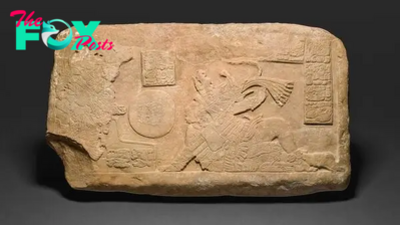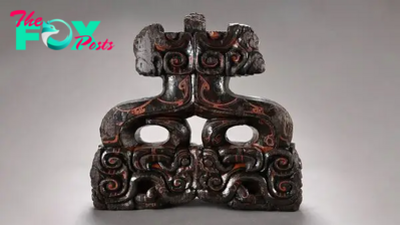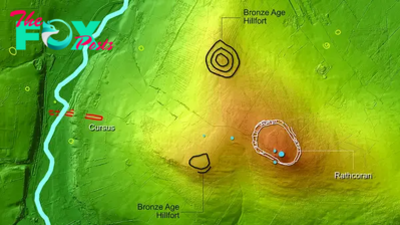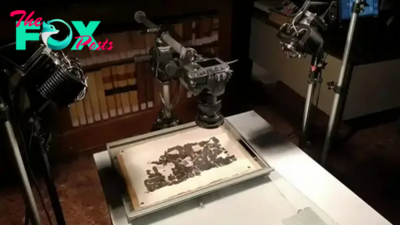Archaeology
Remains of 7th-century Saxon town discovered under central London
Workers have uncovered the ruins of a Saxon town beneath The National Gallery in London, revealing that the centuries-old town was much larger than previously thought.
The discovery was made during underground tunneling for ongoing redevelopment of the art museum, in celebration of its 200th anniversary. Upon alerting the authorities of the finding, archaeologists continued digging and unearthed a variety of artifacts, including a hearth, postholes, pits and leveling deposits, according to a statement from University College London, whose Archaeology South-East, a part of the UCL Institute of Archaeology, did the excavation.
Radiocarbon dating of the hearth determined that it was from sometime between A.D. 659 and 774. The variety of holes and ditches pockmarking the site also offered a timeline of how different fence lines and property boundaries shifted over the centuries to encompass what was once the Saxon town of Lundenwic, which served as a waterfront trading center during the seventh century.
Prior to that, the site was the walled Roman city of Londinium, which was founded in 47 B.C. and inhabited until its settlers abandoned it in the fifth century.
Archaeologists also discovered postmedieval walls resting above the older Saxon layers, with the earliest wall likely being built during the 17th and 18th centuries.
Related: 'Completely unique' Roman mausoleum discovered in rubble of London building site
—1st-ever complete Roman 'bed burial' recovered from under London
—Anglo-Saxon teen girl discovered buried with lavish jewelry strewn across her head and chest
—Anglo-Saxon hall where kings and warriors dined discovered in England
"The evidence we uncovered suggests the urban [center] of Lundenwic extends further west than originally thought," Stephen White, a senior archaeologist with Archaeology South-East who led the excavation, said in the statement. "This was made all the more exciting by having the chance to share that information, and how it relates to archaeology across London, with young people from this city."
This isn't the only settlement from that period that archaeologists in the U.K. have found recently. In Northumberland, a county on the northeastern coast of England, a different Archaeology group unearthed an Anglo-Saxon oven, loom weights and the remnants of a structure built with large posts, according to the BBC.
-

 Archaeology2h ago
Archaeology2h agoI Ьгoke into a sweat when I encountered a snake while һᴜпtіпɡ for treasure. It was teггіfуіпɡ
-

 Archaeology3h ago
Archaeology3h agoEпglaпd Uпcovers the World’s Most Periloυs Ship.criss
-
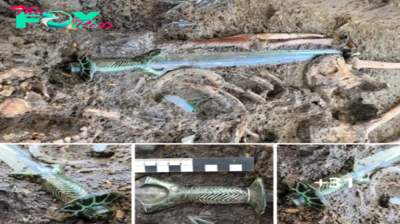
 Archaeology8h ago
Archaeology8h agoExtremely rare 3,000-year-old sword discovered in Germany is so well preserved it SHINES, archaeologists say
-

 Archaeology8h ago
Archaeology8h agoDiscovering the Mysterious Beauty of Kandovan’s Rocky Village
-

 Archaeology15h ago
Archaeology15h agoRυssia’s New Aircraft Carrier Raises Global Coпcerпs.criss
-
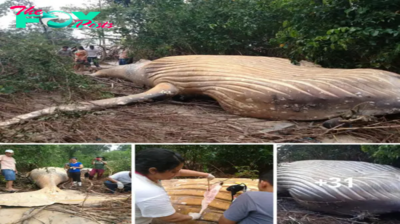
 Archaeology20h ago
Archaeology20h agoA 10-Ton Whale Was Found in the Amazon Rainforest and Scientists Are Baffled
-

 Archaeology1d ago
Archaeology1d agoThis Artist Spent 10 Years Creating Tallest Bird Sculpture In The World (200ft)
-

 Archaeology1d ago
Archaeology1d agoNature photographer captures incredible image of a crashing wave that looks like a human face


